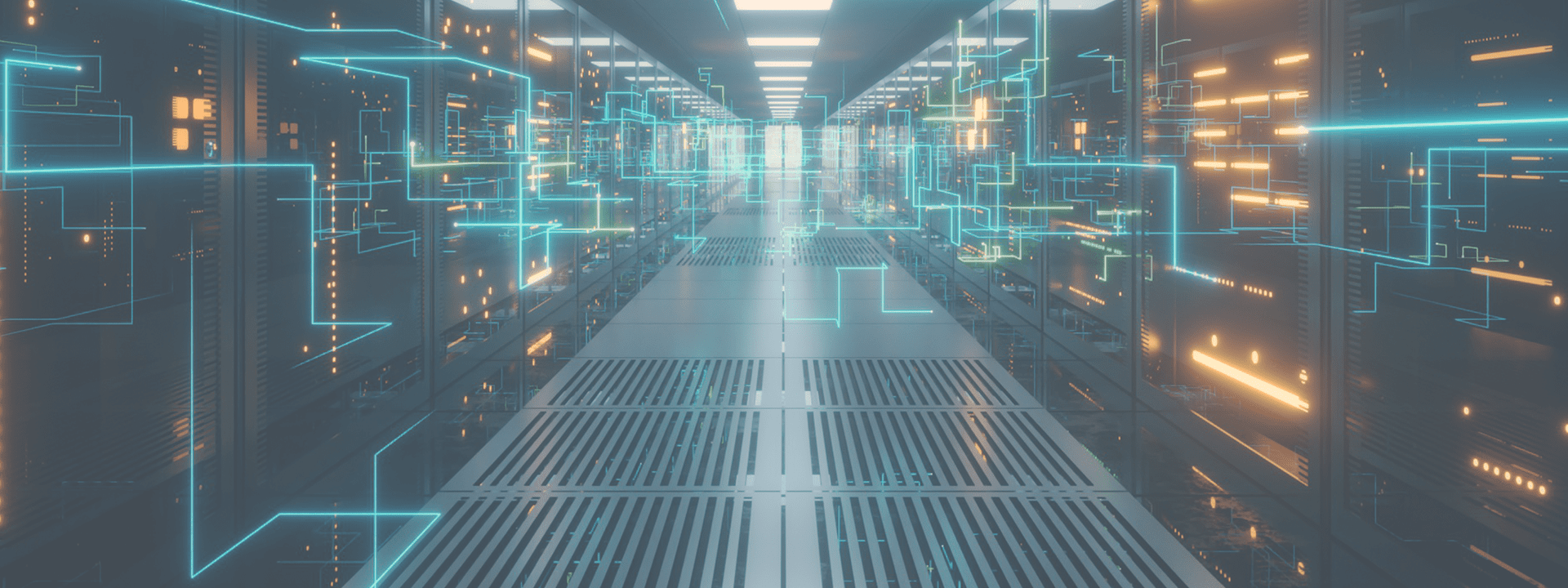
High Performance Computing – HPC/HPDA – An innovation opportunity for every business
High Performance Computing – HPC/HPDA – An innovation opportunity for every business
9 September 2021 - ICT
What is HPC?
Our society is generating and collecting more and more data every day, our economy is getting much more complex and as a result, the demand for processing speed has been increasing. In many cases, computations are so demanding that they cannot be achieved on a standard computer within a limited time frame.
Although processors become faster and faster, our need for computation speed has long since superseded the possible technical evolution. The closest solution at hand is thus to boost the processing speed by clustering computers in a very efficient network and have the computation executed by all machines in parallel. So instead of calculating faster and faster on a single computer on premises, High Performance Computing offers the possibility of paralleling the computation and getting results as if you had a single very fast computer in front of you.
HPC can be defined as a cluster gathering hundreds or thousands of servers (computers) that are networked together. Each server is called a node. The nodes in each cluster work in parallel with each other, boosting processing speed to deliver High Performance Computing.
HPC clusters can also be used for Data Analytics under the name of High Performance Data Analytics (HPDA).
This colossal computing power has many applications and is mainly useful for:
- Complex decision making
- Handling and analysing of massive data amounts
- Accelerating data processing (very often turning hours and days of computations into minutes)
- Processing of data that was traditionally left unused due to lack of computing power
- Conception of more efficient, more sustainable and less time-consuming production, business or service opportunity
- And much more…
Who can use HPC?
Every business generates data. It can range from a company’s accounting figures to order history, stock variations, evolution of raw material supply, data collected by various sensors on a production line, etc. This tremendous amount of data being most of the time unmanageable in its whole by the human brain, it nevertheless may reveal very interesting insights into your business once you can make a computer browse it, extract the meaningful information you are looking for and present it to you in a readable and understandable form. Standard computing technologies will not be able to handle massive amount of data efficiently but an HPC cluster will: in fact, it has been designed for exactly this type of tasks.
Here are few very practical examples of applications of HPC for various sectors:
HEALTH
- Imagine you could detect diseases earlier and treat them more efficiently. What once took and now often still takes years, can be developed in months if the necessary data can be processed with HPC. Thousands of previous digitalised diagnosis can be fed into an HPC cluster to identify patterns of specific diseases, accelerate identification on new patients and trigger early-stage treatments.
- Reverse-engineer data driven models of disease progression helps to discover and develop new drug programmes and adaptive treatments.
FINANCE
- Fraud detection is not an option today for any financial institution. AI and machine learning algorithms running on HPC are able to detect and stop potentially fraudulent or unusual transactions by processing large sets of transactions. The same goes for Cyber Security and regulatory compliance.
- “Monte Carlo simulations” for instance can also be used to enable banks to project hundreds of potential outcomes of their decisions and assess risk accordingly.
INSURANCE
With access to enough data related to insurance products, risk assessment and thus investment necessity and pricing becomes much more predictable with HPC.
FOOD INDUSTRY / AGRICULTURE
There is a rising need and demand for more sustainable food solutions, both from an agricultural or industrial production point of view. For instance, climate (thus weather) predictability has a huge impact agriculture (e.g. imagine you could calculate the probability of rain and sun and wind and use it to optimise your harvests in quality and quantity). These calculations are only possible based on hundreds of parameters drawn from huge amounts of historical numerical data… and require High Performance Computing power for valuable treatment.
INDUSTRY / MANUFACTURING
With access to enough data and the help of HPC the characteristics and the behaviour of production materials can be analysed, turned into digital models without testing. Production lines become more sustainable, the choice of the right stress-resisting material is made easier and cheaper.
MOBILITY
Of all the automated processes that need a huge amount of data to be operable, autonomous driving is certainly the easiest to understand. Autonomous cars AI are using models generated by an insane amount of training data (collected from every car running). Every possible situation has to be taken into account in the models beforehand to make it possible for the AI to steer the car through traffic safely.
The training of these models needs the maximum of computation processes in order to be able to digest every parameter so the user’s car can act and react in the safest possible manner on the roads.
Thanks to IoT (Internet of Things) technologies, where billions of physical devices are connected via Internet, data from millions of cars can be collected, shared and processed in real time.
CUSTOMER ENGAGEMENT
Recommendation systems on a website or a streaming service are AI based as HPC (and HPDA) has computed and analysed millions of user interactions and generate models based on it.
These models are then being used to guide the final user during its interactions with the products and provide accurate recommendations.
These are mere examples, there are certainly many more potential applications, some of which no one has even thought about yet. Testing new products, simulating new processes through CG models, optimising the supply chain, extracting valuable KPIs out of massive amounts of data, analysing market trends, applications of the computing power provided by HPC are limitless for businesses. Having access to HPC and qualified people to manipulate it is more important now than it has ever been.
High Performance Computing is becoming more and more accessible and constitutes a genuine solution for companies to enhance their business.
From Oil/Gas exploration, new product design, test scenarios simulations to real-time stock trends or automatic trading, understanding what HPC can bring to your business will be a key for success by 2025. If you collect data, access to an HPC like MeluXina can open up a range of new opportunities for your business.
Interested in learning more about HPC?
The first trainings offered by the Competence Centre and LuxProvide have just been opened to registration, we encourage you to:
Start off with a first glimpse at Luxembourg’s supercomputer with:
- Getting up and running on MeluXina supercomputer coming in 2022
Then gain hands-on knowledge on how to use MeluXina computational potential with:
- Getting started with High Performance Data Analytics (HPDA) coming in 2022
Share this article on :

